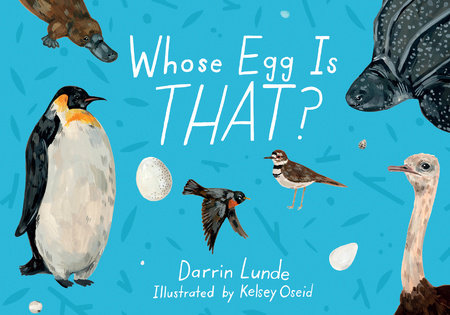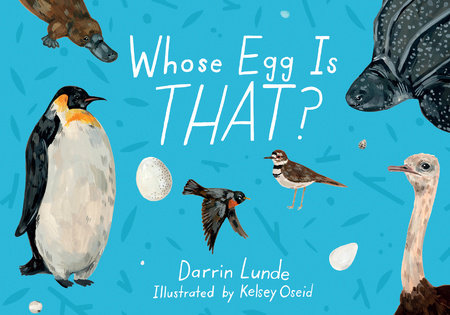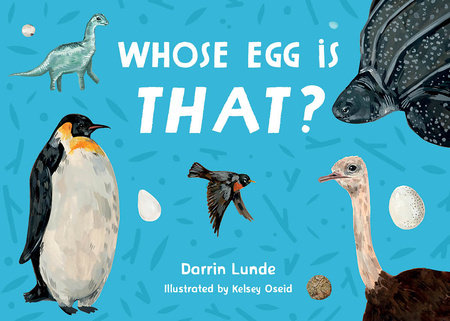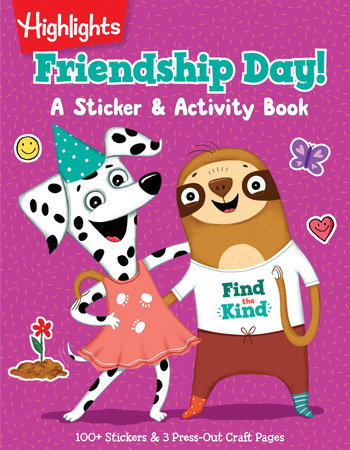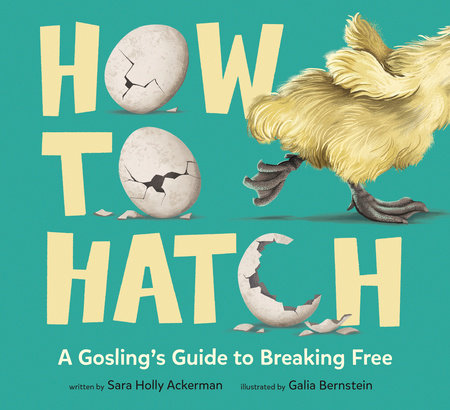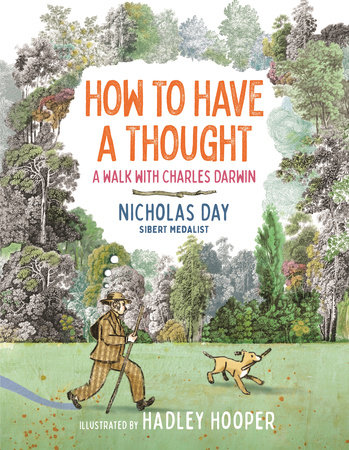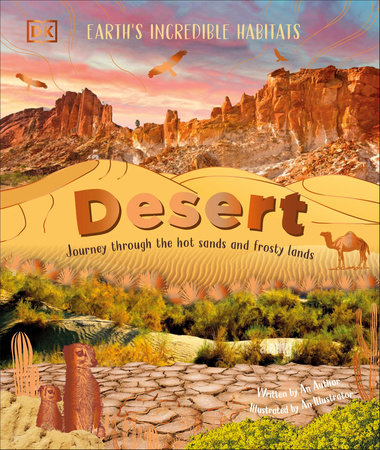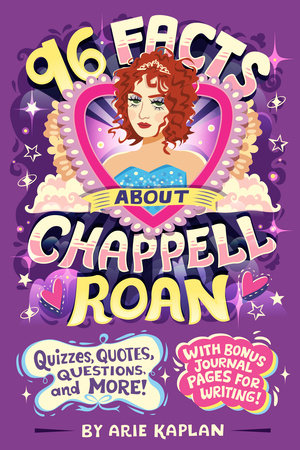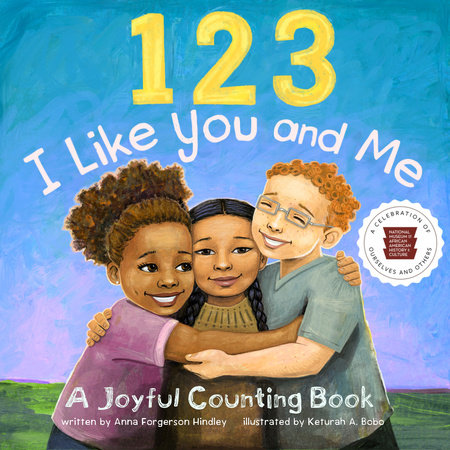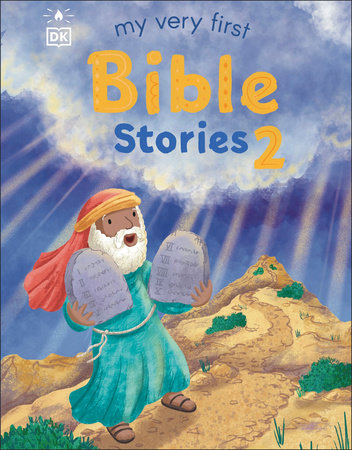Guess whose egg this is.
The format of this interactive introduction to egg identification is unchanged from previous titles in the series (Whose Footprint Is That?, 2019, etc.). On one spread, set against a blank background, the title question is asked, the egg is shown, and a clue—perhaps a part of the creature or a glimpse of its habitat—is given. Turn the page to find the answer along with a short paragraph of further information set on a full-bleed scene of the creature and its nest. Interestingly, birds are not the only animals featured; following robin, ostrich, penguin, and killdeer eggs, we see the fossilized egg of a dinosaur, a leatherback sea turtle’s egg buried in the sand, and even an egg belonging to a mammal—a platypus. The simple, two-level text (both using relatively large type) offers options for beginning readers; the images will show well to a group. The fun is in the puzzle, so those reading this aloud should be sure to give their audience time to react. For those intrigued by the subject, there are further facts on a final page. The creators’ choice of subjects is thoughtful, the information accurate, and the design appealing, making this a solid addition to a nature shelf even if it already includes Mia Posada’s Guess What Is Growing Inside this Egg? (2007).
Egg-spect requests for more nature-themed puzzles like this.
—Kirkus Reviews
Lunde and Oseid’s third collaboration stays true to their successful formula, turning this nonfiction picture book into a guessing game that uses eggs to explore different species and teach larger lessons about the natural world. Spreads follow a pattern that young children will quickly grasp: the first spread asks a question (“Whose egg is that?”), the second shows a close-up of the egg, the third pans out and identifies the parent animal, and the fourth gives a few additional facts about the species. Oseid’s delicately rendered gouache illustrations provide visual hints. Each page-turn builds in details that reward the alert observer and teach much about the animals’ habitats and behaviors. Many young readers will be surprised and delighted to find that eggs come in an array of colors and sizes. Others will enjoy learning how not just birds, but also animals such as platypuses and leatherback sea turtles come from eggs. Pair this crowd pleaser with Aston and Long’s An Egg Is Quiet to foster children’s curiosity and observation of the world around them.
—The Horn Book
